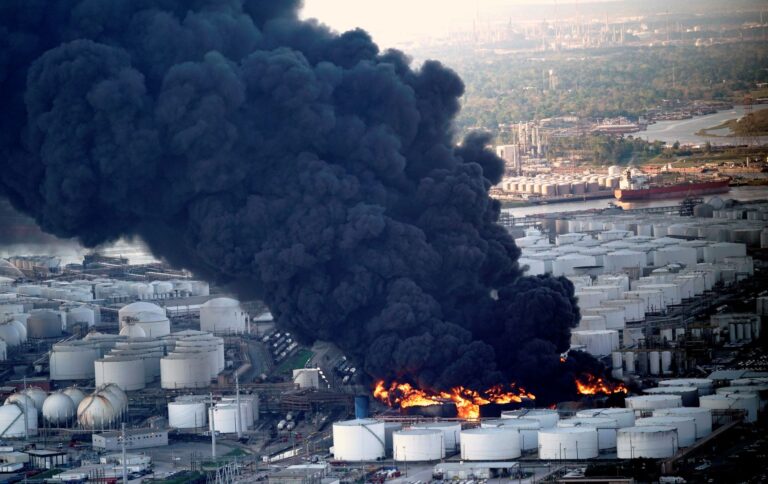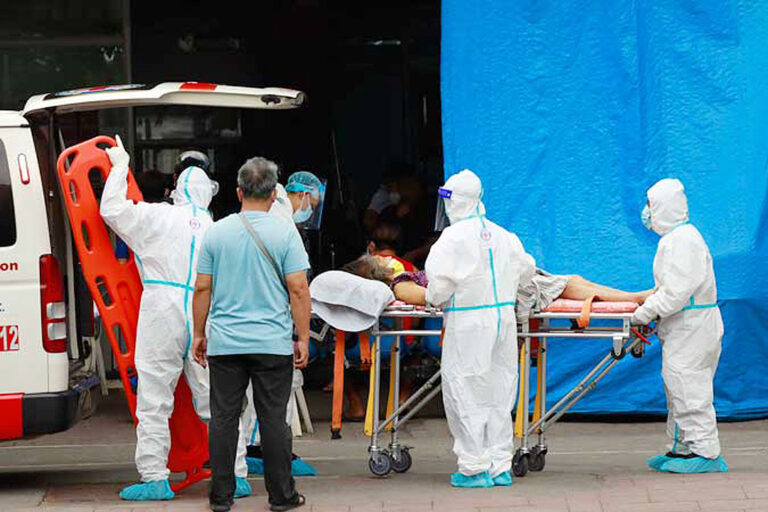Nuclear and Radiological Emergency can arise in a nuclear facility at plant level leading to plant/ site or offsite emergency depending upon the extent of its impact on the surroundings. It can also take place while using radiation sources, either at Hospitals, Industries, Agriculture or Research Institutions due to loss or misplacement or due to faulty handling. The other events that can lead to Nuclear or Radiological Emergency in the public domain, include, accident of a vehicle carrying radioactive/nuclear material, due of an orphan source i.e. the source which is not under regulatory control or due to usage of radiation source/radioactive material in Malevolant activities.
Key components of managing nuclear and radiological emergencies include preparedness, response, and recovery. Here is an overview of these aspects:
- Preparedness:
- Emergency Plans: Governments and organizations responsible for nuclear facilities have detailed emergency plans in place to respond to potential accidents or incidents. These plans outline procedures for evacuation, sheltering, and other protective measures.
- Training and Drills: Regular training and emergency drills are conducted to ensure that response teams and the public are well-prepared to act in the event of an emergency.
- Radiation Monitoring: Continuous monitoring of radiation levels in and around nuclear facilities helps identify abnormal increases in radiation, triggering an early response.
- Response:
- Immediate Actions: In the event of a nuclear or radiological incident, immediate actions may include evacuations, sheltering in place, and distributing potassium iodide (KI) tablets to protect the thyroid gland from radioactive iodine exposure.
- Establishing a Command Center: A central command center is set up to coordinate response efforts, manage resources, and communicate with the public and relevant agencies.
- Protecting Emergency Workers: First responders and emergency workers need specialized training and equipment to limit their exposure to radiation while carrying out their duties.
- Recovery:
- Decontamination: After the initial response, decontamination efforts are essential to remove radioactive materials from people, equipment, and the environment.
- Health Monitoring: Ongoing medical surveillance of individuals exposed to radiation helps assess and manage their long-term health risks.
- Environmental Remediation: The cleanup and restoration of contaminated areas are necessary to reduce long-term environmental risks.



